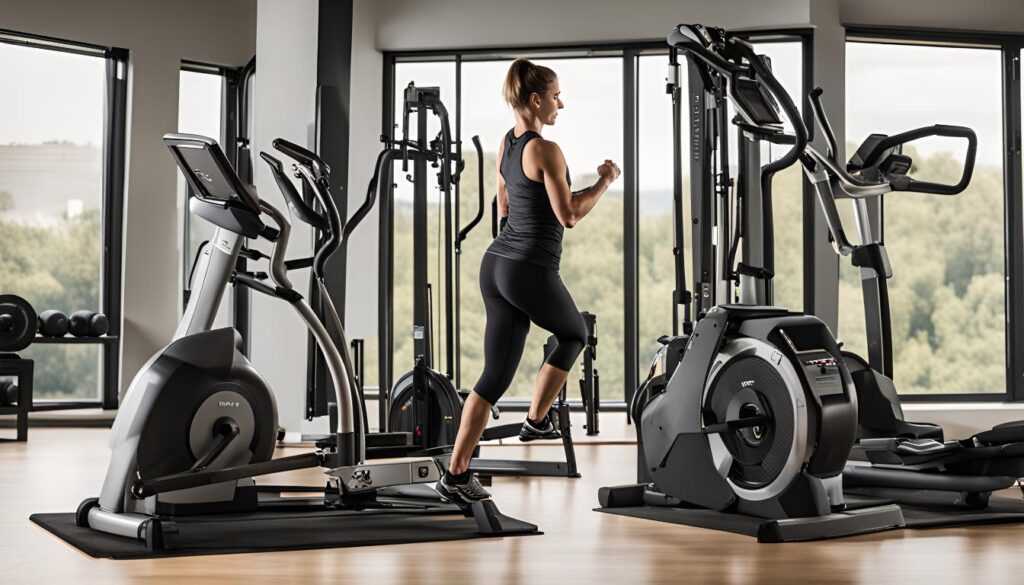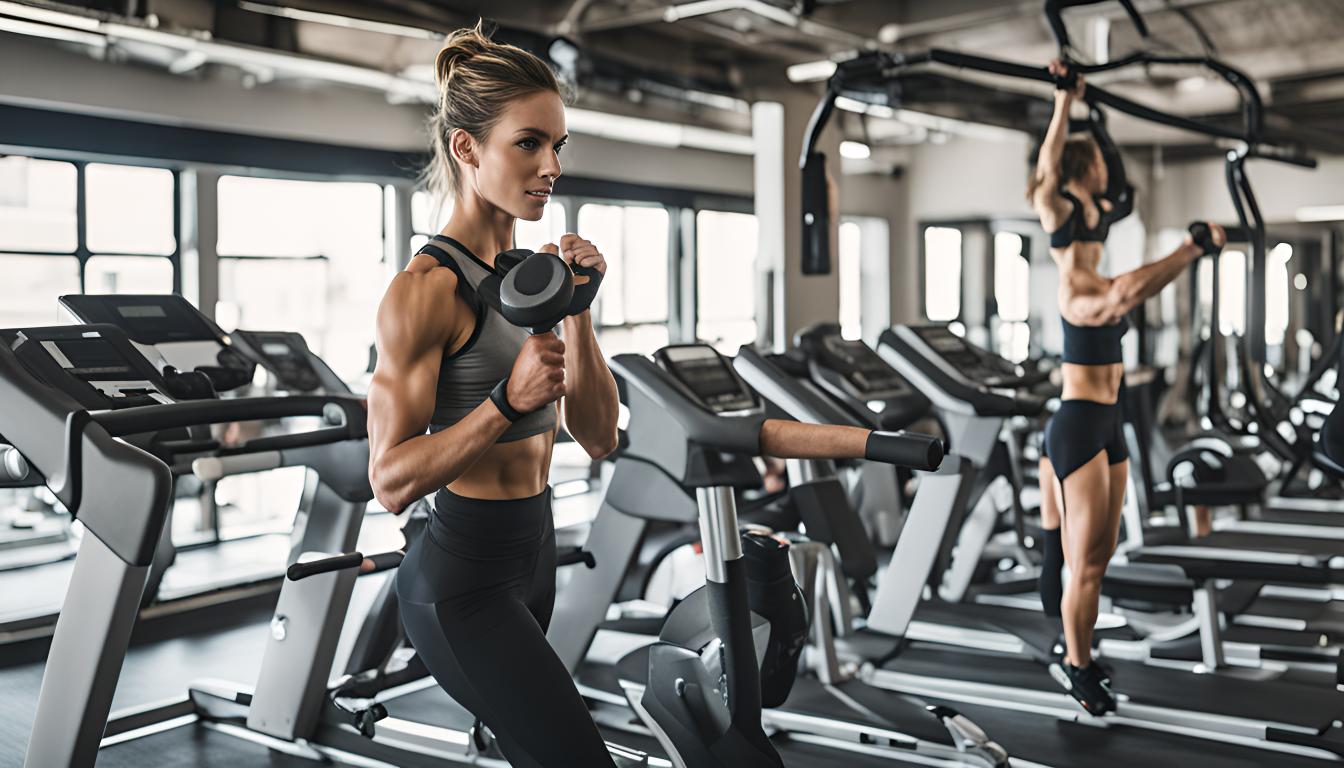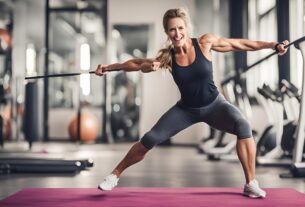Fitness Equipment and Gear Reviews: Choosing the Best Tools for Your Fitness Journey
Fitness equipment and gear reviews play a crucial role in helping individuals make informed decisions about the tools they use to enhance their physical fitness and achieve their health goals. Whether you’re setting up a home gym, upgrading your workout gear, or exploring new fitness technologies, these reviews provide valuable insights into performance, quality, and usability. Here’s a comprehensive guide to what you can expect from fitness equipment and gear reviews:
1. Types of Fitness Equipment Covered
Fitness equipment reviews encompass a wide range of products designed to support various aspects of physical fitness:
– Cardiovascular Equipment: Reviews of treadmills, ellipticals, stationary bikes, rowing machines, and stair climbers. Insights into performance metrics, durability, noise levels, and user experience.
– Strength Training Equipment: Evaluations of home gym systems, free weights (dumbbells, barbells), weight benches, resistance bands, and power racks. Considerations include build quality, weight capacity, stability, and versatility.
– Fitness Accessories: Reviews of accessories such as exercise mats, stability balls, foam rollers, kettlebells, jump ropes, and suspension trainers. Assessment of material quality, ergonomic design, and suitability for different fitness routines.
2. Performance and Usability
Detailed assessments of how fitness equipment performs under various conditions and usage scenarios:
– Ease of Assembly: Reviews often include insights into the assembly process, clarity of instructions, and tools required.
– Functionality: Evaluation of how well the equipment functions according to its intended purpose (e.g., smoothness of motion for cardio machines, stability for weightlifting equipment).
– User Experience: Feedback on comfort, adjustability, user interface (for tech-enabled equipment), and overall satisfaction with the product’s design and usability.
3. Quality and Durability
Critical analysis of the build quality and durability of fitness equipment over time:
– Material and Construction: Examination of materials used (e.g., steel frame, high-density foam, durable upholstery) and their impact on long-term durability and performance.
– Longevity: Reviews often include insights from long-term users regarding durability, maintenance requirements, and potential wear and tear issues.
4. Technological Features and Innovations
Reviews of fitness technology and smart devices that enhance workout experiences and provide valuable performance data:
– Fitness Trackers: Assessment of wearable fitness trackers, smartwatches, and heart rate monitors. Reviews cover accuracy, battery life, compatibility with fitness apps, and additional features (e.g., GPS tracking, sleep monitoring).
– Smart Gym Equipment: Evaluation of connected fitness equipment with integrated screens, interactive training programs, and live workout classes. Reviews discuss subscription services, content variety, and user interface.
– Apps and Software: Reviews may explore fitness apps designed for workout planning, tracking progress, virtual coaching, and community engagement.
5. Comparative Analysis and Buying Guides
In-depth comparisons between different models, brands, or types of fitness equipment to help readers make informed purchasing decisions:
– Pros and Cons: Objective assessment of the strengths and weaknesses of each product, highlighting key features and potential drawbacks.
– Budget Considerations: Reviews often include recommendations for products that offer the best value for money within different price ranges.
– User Reviews: Integration of user feedback and ratings from verified purchasers to provide a comprehensive view of product performance and customer satisfaction.
6. Expert Opinions and Recommendations
Insights from fitness professionals, personal trainers, and industry experts on selecting the right equipment based on individual fitness goals and preferences:
– Expert Reviews: Input from professionals with experience in fitness equipment testing and evaluation, offering expert opinions on performance, usability, and suitability for different fitness levels.
– Recommendations: Suggestions for specific equipment based on targeted fitness goals (e.g., weight loss, muscle building, endurance training) and user preferences (e.g., home gym space constraints, preference for compact equipment).
7. User Safety and Maintenance Tips
Guidance on safety considerations and maintenance practices to ensure safe and effective use of fitness equipment:
– Safety Features: Reviews highlight built-in safety features (e.g., emergency stop buttons, safety rails) and recommendations for safe exercise practices.
– Maintenance Guidelines: Tips on equipment care, cleaning procedures, lubrication (for cardio machines), and periodic maintenance to extend product lifespan and ensure optimal performance.
8. Customer Support and Warranty Coverage
Evaluation of customer support services provided by manufacturers and retailers, along with insights into warranty coverage and post-purchase support:
– Customer Service: Reviews may include feedback on responsiveness, ease of contacting support, and resolution of issues (e.g., replacement parts, technical assistance).
– Warranty Information: Details on warranty duration, coverage (e.g., parts, labor), and conditions (e.g., registration requirements, exclusions) to help consumers make informed decisions about product reliability and after-sales support.
9. Real-World Testing and User Feedback
Hands-on reviews based on real-world testing and user feedback to provide authentic insights into product performance and user satisfaction:
– Field Testing: Reviews often include personal experiences and observations from testing the equipment in different workout scenarios.
– User Reviews: Aggregation of user feedback from online platforms and forums to provide a broad perspective on usability, durability, and overall user satisfaction with the product.
10. Future Trends and Innovations
Discussion of emerging trends in fitness equipment design, technological advancements, and consumer preferences:
– Innovative Designs: Exploration of new features, materials, and ergonomic designs that improve user experience and address evolving fitness needs.
– Sustainability: Reviews may consider eco-friendly materials, energy-efficient designs, and sustainable manufacturing practices adopted by fitness equipment brands.

—
Fitness equipment and gear reviews serve as comprehensive guides for consumers seeking to invest in high-quality products that support their fitness goals and enhance their workout experiences. Whether you’re outfitting a home gym, upgrading existing equipment, or exploring new fitness technologies, these reviews provide valuable insights and recommendations to help you make informed decisions and achieve optimal results in your fitness journey.




